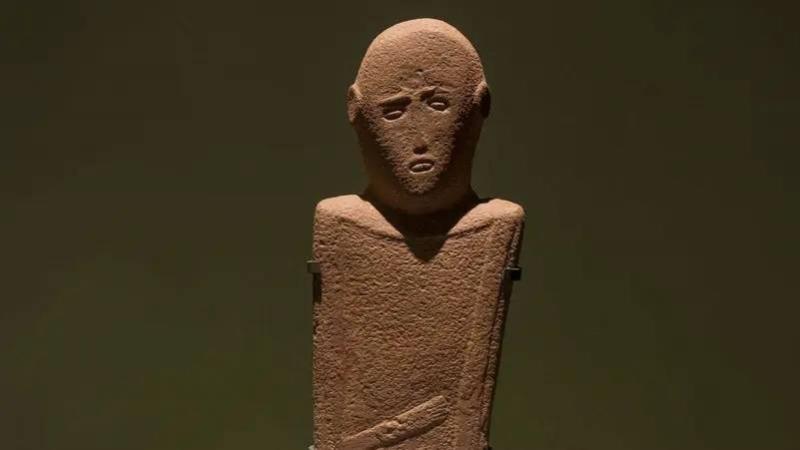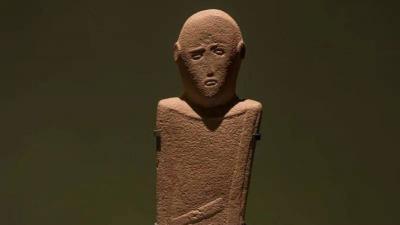A sheep herder, while wandering in the desert of Al-Khifah, located 170 km southeast of Hail in Saudi Arabia, stumbled upon a human face sculpted in a sorrowful manner. Startled, she returned to inform her father about the human face she had found among the rocks. This story dates back to 1974 when a citizen handed over the invaluable piece to the emirate center in Al-Khifah, making it one of the most important archaeological artifacts in Saudi Arabia, traveling the world and featured in international archaeological discovery magazines.
The piece represents the carving of a human face that embodies suffering in all its details, with a visibly sad expression that few artists can depict so skillfully, including sunken eyes. Some archaeologists consider it a symbol of death. According to archaeological information, the piece was carved around 6,000 years ago from sandstone with stunning details, representing the suffering and misery that befell the sculptor.
Despite the long journey of the Man of Suffering around the world to promote Saudi archaeology, which included visits to the United States, Japan, several European countries, and China, many visitors and enthusiasts stopped before this magnificent artistic work from the Stone Age, which portrays suffering that has endured for thousands of years in the minds of those who view this artistic piece.




